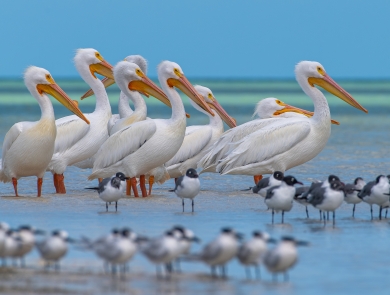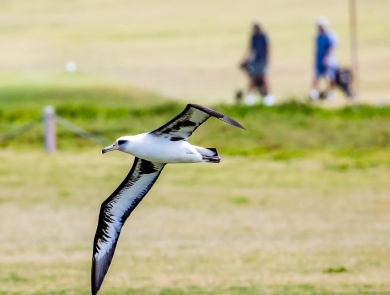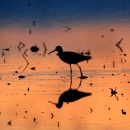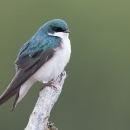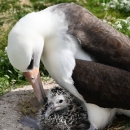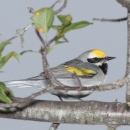What We Do
Our Projects and Initiatives
Three Billion Birds Gone
Most bird families across the continent are declining, and many species are at risk of disappearing entirely. The publication of the Decline of North American Avifauna was a wake-up call for the bird conservation community; it estimated that North America has lost nearly 3 billion breeding birds since 1970, roughly equivalent to losing one in four adult birds in 50 years. Many populations of common and at-risk species plummeted and are still disappearing every day. While some species fared well due to existing long-term, targeted conservation investments and effective policies, there have been devastating losses to grassland birds, forest birds, and shorebirds. The results of the report have pulled the bird conservation community together to take immediate and significant actions to reverse these devastating, steep, and quick declines.
Responding to the Loss
Stabilizing bird populations in North America is a monumental task. By working together, with longstanding and new partners, we can strengthen our partnerships, efforts, creativity, and capacity to sustain and grow bird populations.
The U.S. Fish and Wildlife Service's Migratory Bird Program has identified five groups of birds and one major threat (referred to as the 5 & 1 priority groups) drawn from the Science report where the Service can amplify ongoing actions to have an immediate impact. Working with partners, we aim to support and implement high-impact, common-sense conservation actions for birds now and into the future.
The Service is focusing on the following 5 & 1 priority groups:
- Shorebirds
- Aerial Insectivores
- Seabirds
- Grassland birds
- Forest birds
- Collisions
Learn more about what each team is doing (see below) to address the dramatic loss of North American birds and how you can help.
Our Library
This library is the collection of documents and information for each of the 5 & 1 groups the Service is focusing our conservation efforts on.






